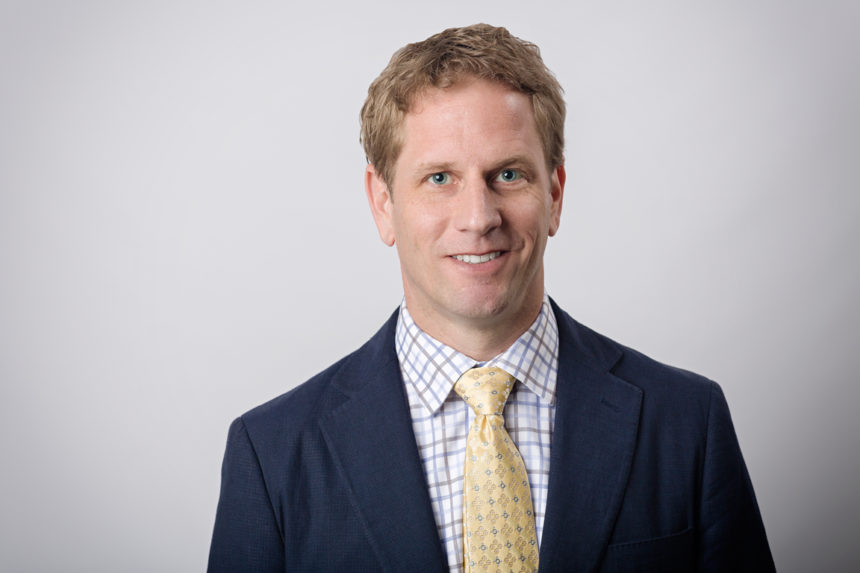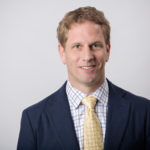
“We spend more than $3 trillion dollars a year on healthcare in America and generate more data than ever before. Yet some of the most meaningful data – data to unlock potential improvements in patient outcomes is fragmented, inaccessible or incomplete,” says James Madara, CEO of the American Medical Association.
While the clinical hard chart is essentially a relic in the acute care setting, digital transformation outside the walls of the hospital setting is the next frontier. A paperless clinical environment is closer than you think.
Challenges identified: A paperless clinical environment is unfamiliar for clinicians in a post-acute environment.
Implementation of an Electronic Medical Record (EMR) was the initial step of the digital transformation initiative for all care settings. Documentation within the EMR platform stays in the EMR and we certainly know where to find this content to reference. Yet according to analysts like Gartner and IDC, as much as 80% of patient information is unstructured in nature and not natively captured or stored in an EMR.
The challenge is the unstructured content associated with referrals, ancillary consults, labs, pharmacology and even the orders that remain paper-based and contained in the patients’ hard charts — often still looked for at the nurse’s station.
How is it possible to eliminate the hard chart and provide continued visibility to all the unstructured content typically stored within? Even more challenging, how do the clinicians most comfortable using the hard chart embrace the change to reference this content digitally?
Modernizing with Digital Transformation
My previous post in this series devoted to Transforming Healthcare with Technology frames the benefits of capturing referrals and medical records digitally. Now it’s critical to provide the seamless access needed to view digitally captured content. A universal clinician viewer — one that taps into the images about and for the patient — provides electronic viewing for all unstructured content not native to the EMR. Now, with a clear longitudinal view of the patient’s unstructured content that has been captured digitally, clinicians have everything needed for care in a familiar format. This simplifies clinician adoption, since it simply looks like the old hard chart in an electronic view.
An integration to the EMR eliminates toggling between two platforms to view this content, allowing your clinicians to remain in their familiar clinical documentation system. All content needed to make the best clinical decisions is now easily assessed.
The familiar display of patient information and proper change management can eliminate the clinical hard chart and lead to universal acceptance for digital transformation. It’s time to embrace the next frontier.
Measures of Success:
Productivity improves by eliminating the need for clinicians to go seek and find the ever-elusive hard chart. The content is always accessible digitally without toggling out of the native EMR. Time is saved.
Profitability is improved. Clinicians have more time for patient care since they eliminate time spent searching, generating duplicate requests and rework. Your organization also reduces the liability loss from human errors made with incomplete patient information.
Customer value increases as patients and their referral sources benefit from a universal clinician viewer that provides access to unstructured content at the touch of a button within the EMR. The digitally captured content is available to be routed in available workflow, allowing the right people to make the best decisions quickly from any electronic device. Actions can immediately be taken with any change in lab values, diagnostic study results or new orders.
Prepare your organization for improved productivity, profitability and value to patients and referral sources with a universal clinician viewer for unstructured patient content. This step extends your EMR value and delivers the new frontier in digital transformation for improved outcomes.
Scott Magers, PT, MBA, is an account executive at Hyland Healthcare with more than 20 years of experience in outpatient therapy, home health care and skilled nursing facilities.





